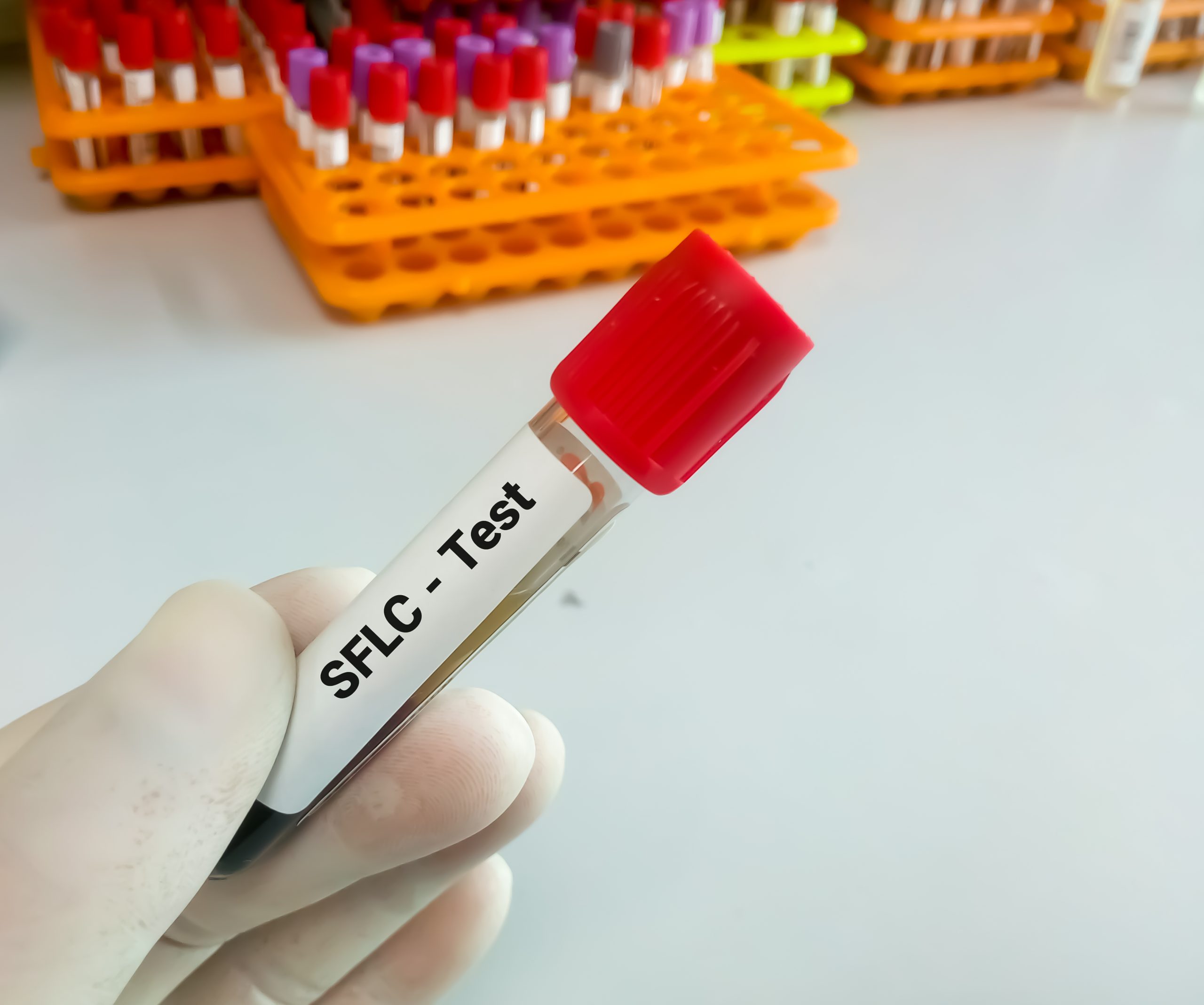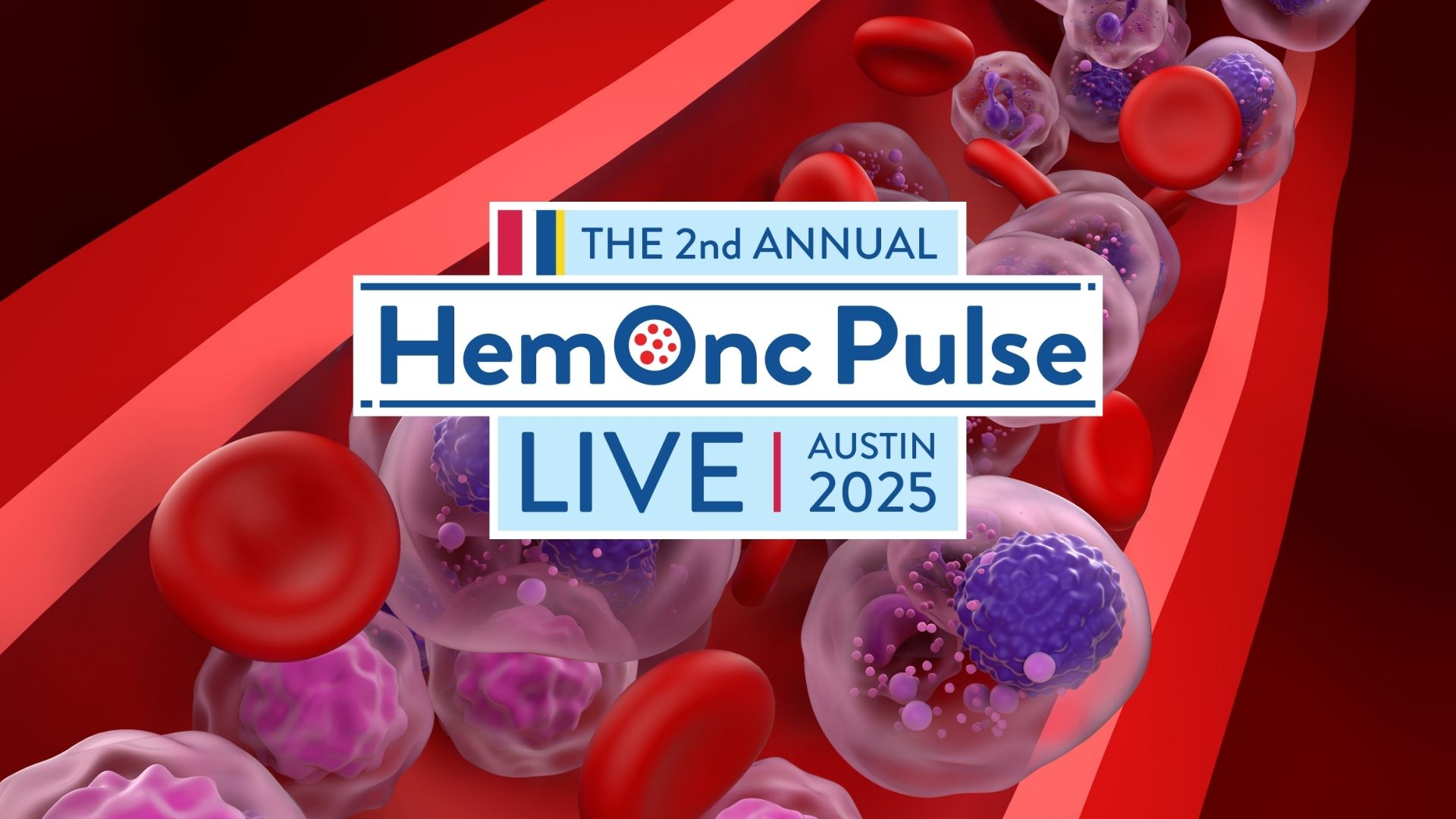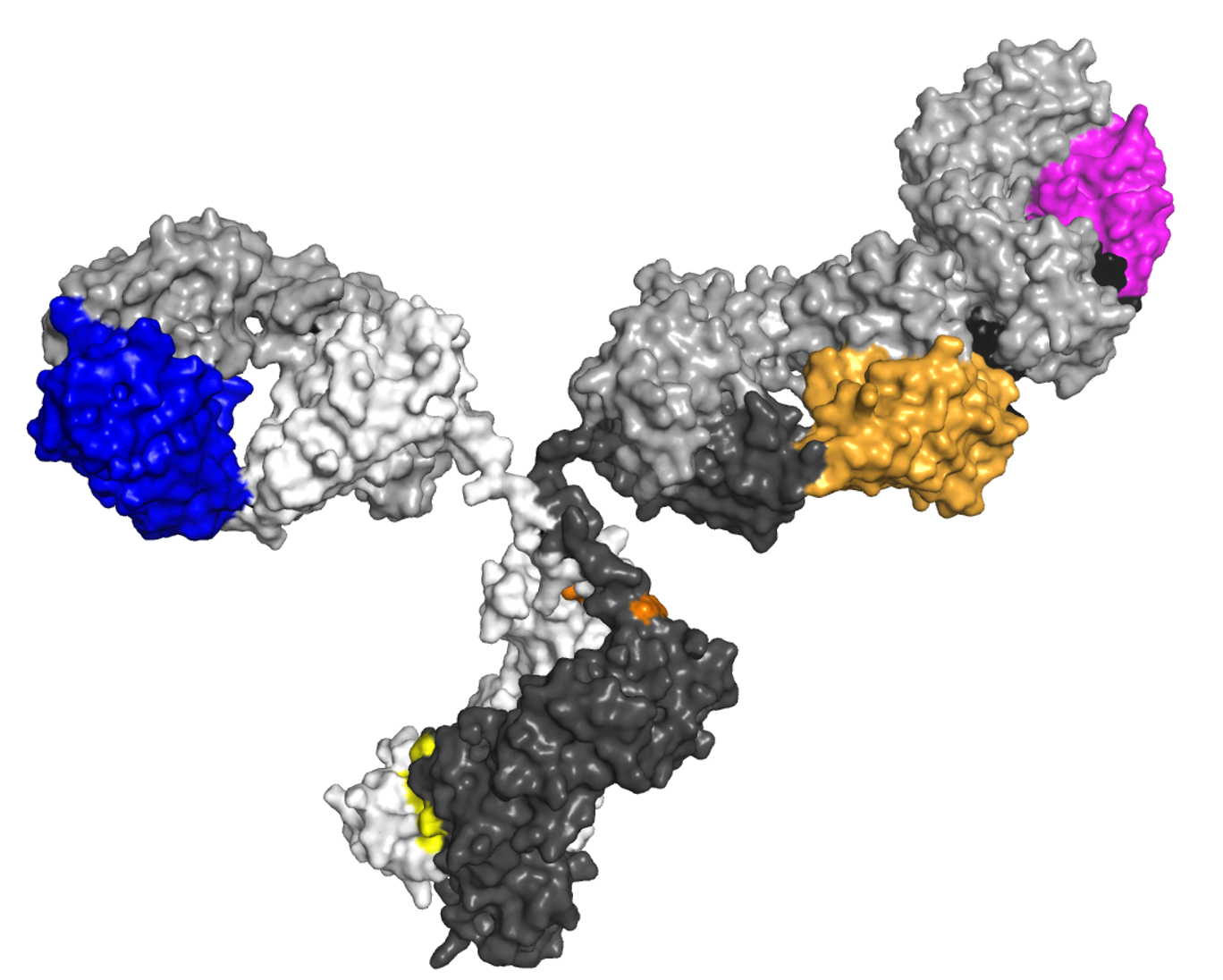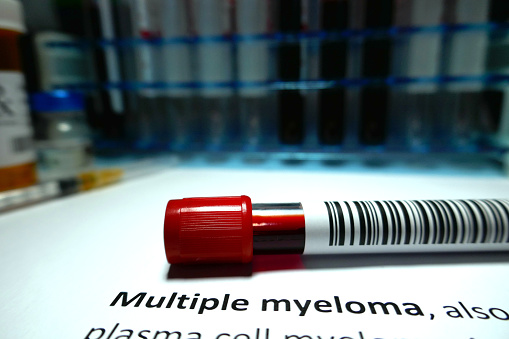
A new study suggests the current reference intervals for serum free light chain (FLC) concentrations and ratios are inaccurate in patients with chronic kidney disease (CKD) and proposes new reference intervals based on the estimated glomerular filtration rate (eGFR).
Thorir Einarsson Long, MD, PhD, of the University of Iceland, the Skane University Hospital in Sweden, and Landspitali–The National University Hospital of Iceland, and colleagues conducted the study and published its results in Blood Cancer Journal.
They conducted the research because FLC concentrations are “greatly affected by kidney function” and “it is of major importance to identify individuals with true monoclonal gammopathy, and as the prevalence of both monoclonal gammopathies and CKD increase with age, it is imperative that the FLC assay is accurate and usable in individuals with CKD.”
The researchers used a large prospective, population-based cohort of 75,422 participants in the iStopMM study to establish a reference interval for FLC in patients with CKD. The participants were screened for serum FLC, serum protein electrophoresis, and immunofixation. The eGFR was calculated from serum creatinine.
The study comprised 6,641 patients who were not receiving renal replacement therapy, did not have evidence of monoclonality, had measured FLCs, and had an eGFR of <60 mL/min/1.73 m2.
When the researchers used current reference intervals, 60% of patients had kappa FLC values outside of the normal range, while 21% had lambda FLC values outside of the normal range. The FLC ratio was outside the standard reference interval of 0.26 to 1.65 in 9% of patients and was outside the current kidney reference interval of 0.37 to 3.10 in 0.7% of patients.
The researchers established new reference intervals based on this data. The new reference intervals for the FLC ratio were 0.46 to 2.62 for patients with an eGFR of 45-59 mL/min/1.73 m2, 0.48 to 3.38 for patients with an eGFR of 30-44 mL/min/1.73 m2, and 0.54 to 3.30 for patients with an eGFR of <30 mL/min/1.73 m2.
The data has clinical implications, as “implementing the novel reference intervals in clinical practice is likely to increase the utility of the assay for monoclonal gammopathies” in patients with kidney disease, the researchers wrote.
“In conclusion, using data from the iStopMM study comprising a large population-based screened cohort with careful assessment of monoclonal gammopathies and kidney function, we established that current reference intervals for FLC and FLC ratio are inaccurate,” the authors wrote. “Furthermore, we propose new more reliable kidney reference intervals for serum kappa and lambda FLC, and the FLC ratio based on the level of kidney function. Our findings show that these reference intervals also appear to be accurate in individuals on dialysis and in kidney transplant recipients.”
Reference
Long TE, Indridason OS, Palsson R, et al. Defining new reference intervals for serum free light chains in individuals with chronic kidney disease: results of the iStopMM study. Blood Cancer J. 2022;12(9):133.






 © 2025 Mashup Media, LLC, a Formedics Property. All Rights Reserved.
© 2025 Mashup Media, LLC, a Formedics Property. All Rights Reserved.